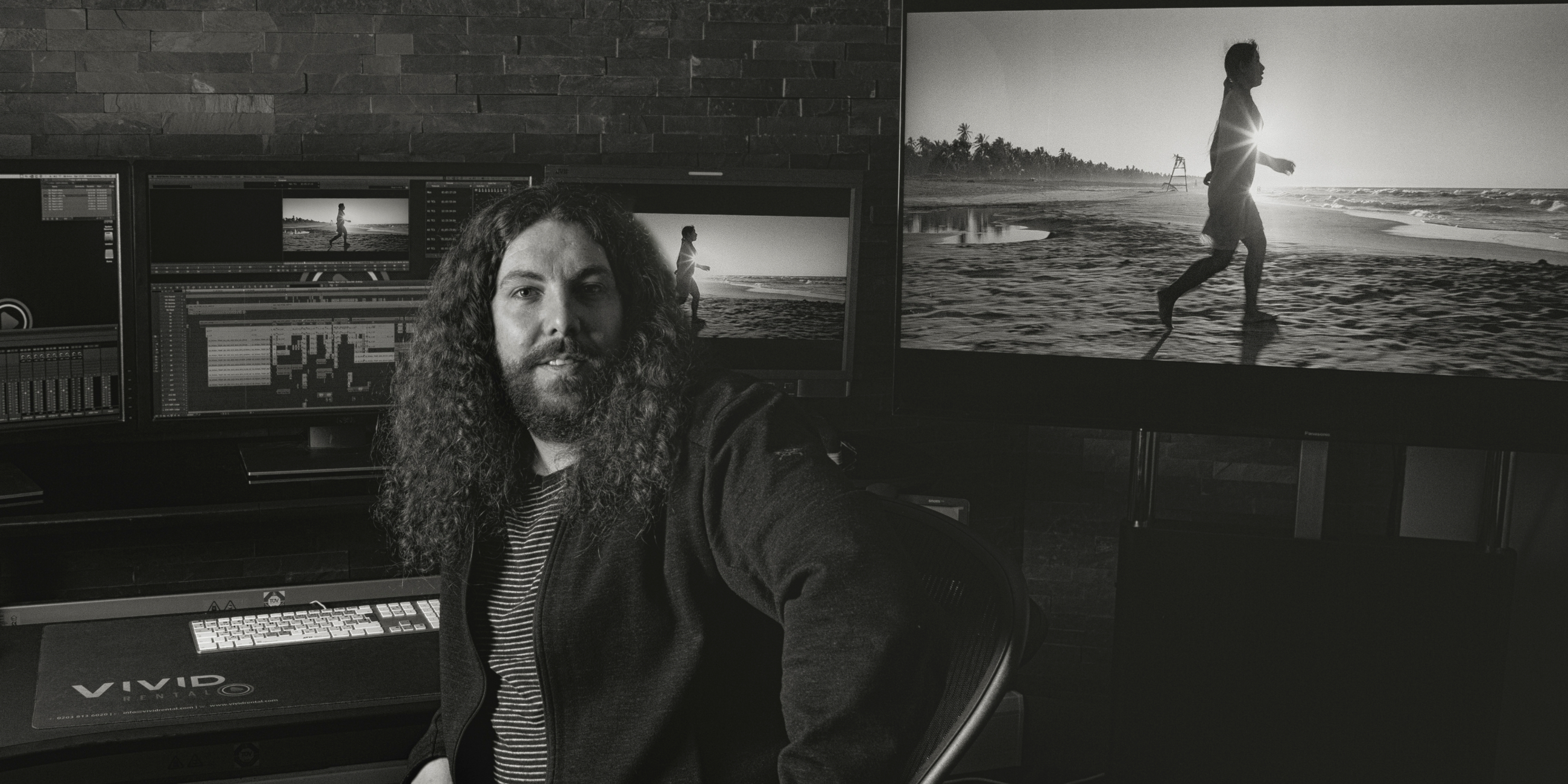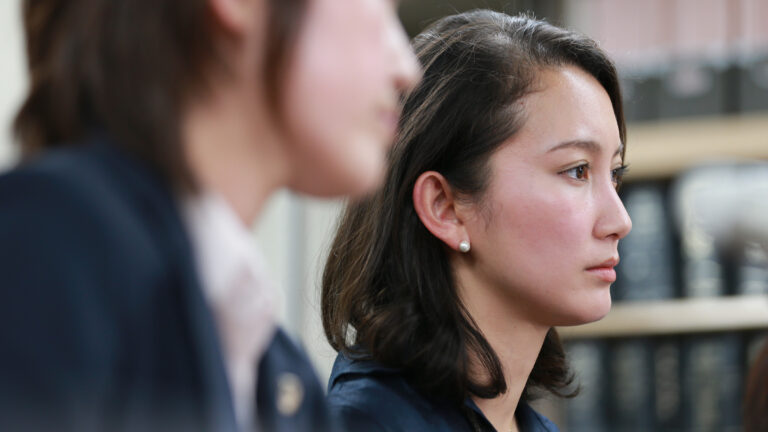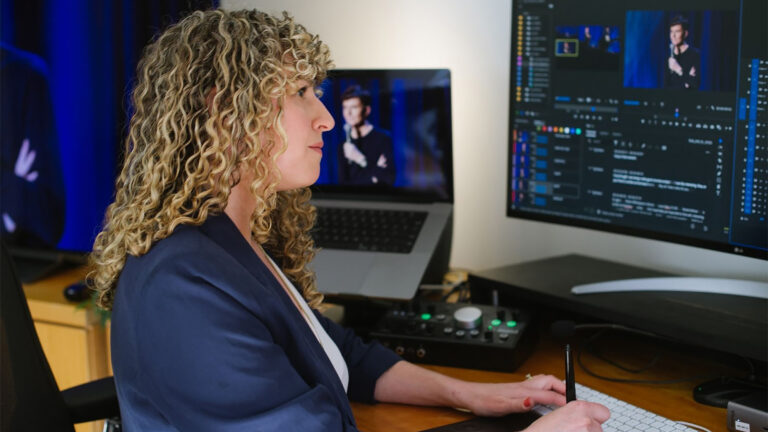In 2001, director Alfonso Cuarón made his mark with Y Tu Mamá También, before shifting into the world of high-concept projects like Harry Potter and the Prisoner of Azkaban, Children of Men, and Gravity. After Gravity earned over $270 million and won seven Oscars, including Best Director, there were no limits to what Cuarón could do next.
What the director chose was somewhat unexpected: a deeply personal Spanish-language project set in 1970s Mexico City, shot in black and white, that follows the life of a domestic worker who lives with and works for a middle-class family. The result has become one of the most celebrated movies of 2018, garnering Oscar nominations and awards.
We spoke with Adam Gough, Cuarón’s co-editor, about getting the job, editing Cuarón’s famous long takes, and the ingredient that influenced every cut they made.
A Fairy Tale Come to Life
“There’s something slightly fairy tale about it,” Gough says about how he ended up co-editing Alfonso Cuarón’s Roma alongside the director. That’s because, once upon a time, Gough got his first post-production break as an editorial trainee on 2006’s Children of Men. “My role on Children of Men involved sorting any paperwork and doing any odd jobs that needed doing, including getting the lunches and making tea. This is where I learned about all the cutting room basics, from sorting continuity notes to seeing an Avid for the first time.”
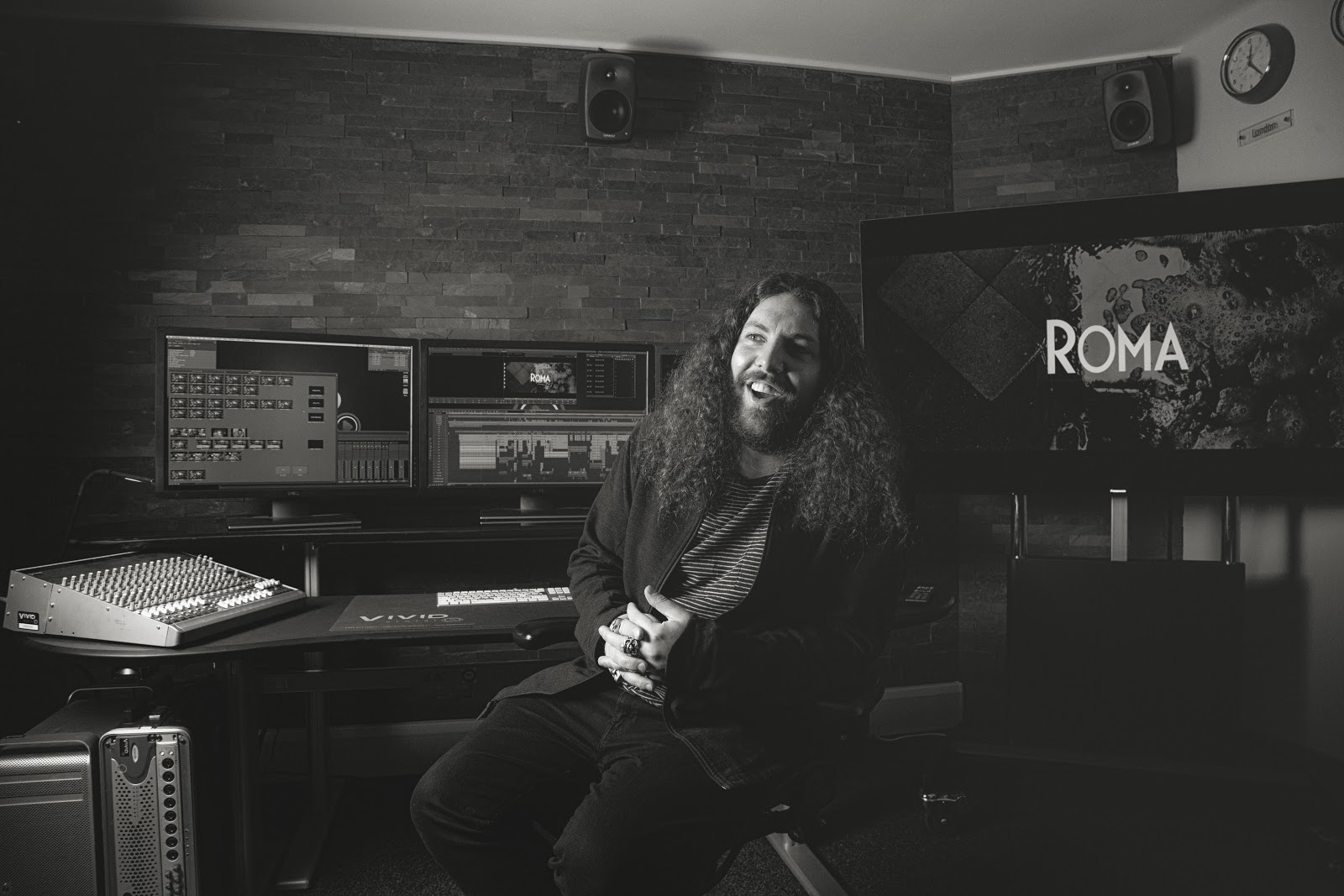
From there, Gough set out on an impressive career path that would include assistant work on In Bruges, Harry Potter, and X-Men: First Class, before he became a full-fledged editor in his own right.
Then, 12 years after his first big break, when Cuarón was looking for a co-editor for Roma, Gough was on the list of candidates to consider. Even though it had been over a decade since he had made Children of Men, the director recognized his former trainee’s name. Gough got a call and was given an opportunity to cut a small promo with Cuarón. It was a kind of job interview and Gough was hired.
“It’s a nice full-circle moment from making tea for this director during my first job, to now co-editing his most personal project,” says Gough. He then jokes,“I must have made a damn good cup of tea.”
Cutting Edge Specs
Roma was a single camera production that used Arri ALEXA 65 cameras. Shooting in 6.5K was important because of Cuarón’s decision to shoot in black and white. While at one point he had considered shooting with black and white cameras (and even shot some test footage), he decided he needed something more out of the cameras to be used.
“He wanted the large format chip, so we could go with the large format lenses to shoot with the 65,” says Gough. Cuarón also needed color cameras because they would be using green screens for VFX. Nonetheless, he had a strict condition for shooting in order to facilitate the final look he was aiming for. “A rule set by Alfonso was that all footage be viewed in black and white, including all Avid media which had the LUT baked in,” Gough says.
Although Roma was shot in 6.5K, it was finished in 4K because, as Gough explains, “the workflow, screens, and projection don’t exist for it yet.” So, Technicolor ended up pulling 4k files from the 6.5K ARRIRAWs and MPC, the company who did all the VFX for the film, had to actually update their internal pipeline from 2K to 4K to future-proof the film.
“Alfonso didn’t want an up-res, because if we were to up-res this back to 6.5K at some point, he didn’t want our VFX to be an up-res of an up-res,” says Gough.
Receiving the Dailies
Even though Gough was working on another project during the production stage of Roma, he nonetheless made time for incoming footage that he downloaded through Aspera and worked on with Avid DNx 36. “During the shoot, I was receiving and watching dailies every day. I was getting my own feelings, forming opinions, and making notes. I was also doing a quick technical assembly in the background just to make sure we were good for coverage,” he says.
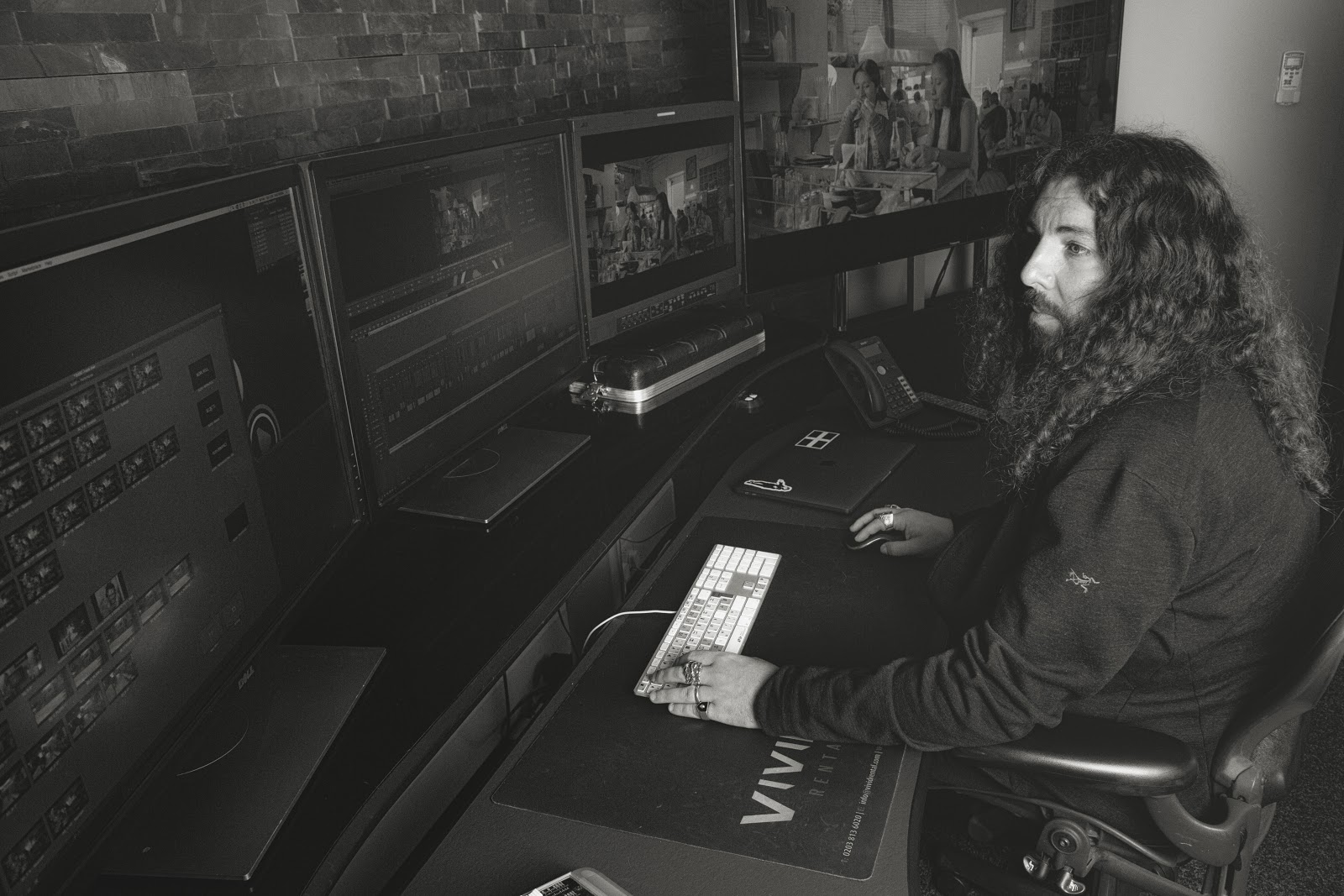
Becoming familiar with the footage did present one challenge: Gough didn’t speak the language of the film. “When [Cuarón] phoned up and offered me the project, I did bring that up immediately,” he recalls. “I said, ‘You know I don’t speak Spanish, right?’ And he said, ‘Don’t worry.’”
Because Cuarón was also withholding scripts from his collaborators (his co-editor didn’t get a copy till halfway through the assembly), the editor received help from his assistants (even though he did decide to pick up some Spanish lessons along the way). “For the main selects that came in each day, assistants would drop translation markers on the A1 of the sub clips, so I could read through the translation and understand what was going on,” Gough says.
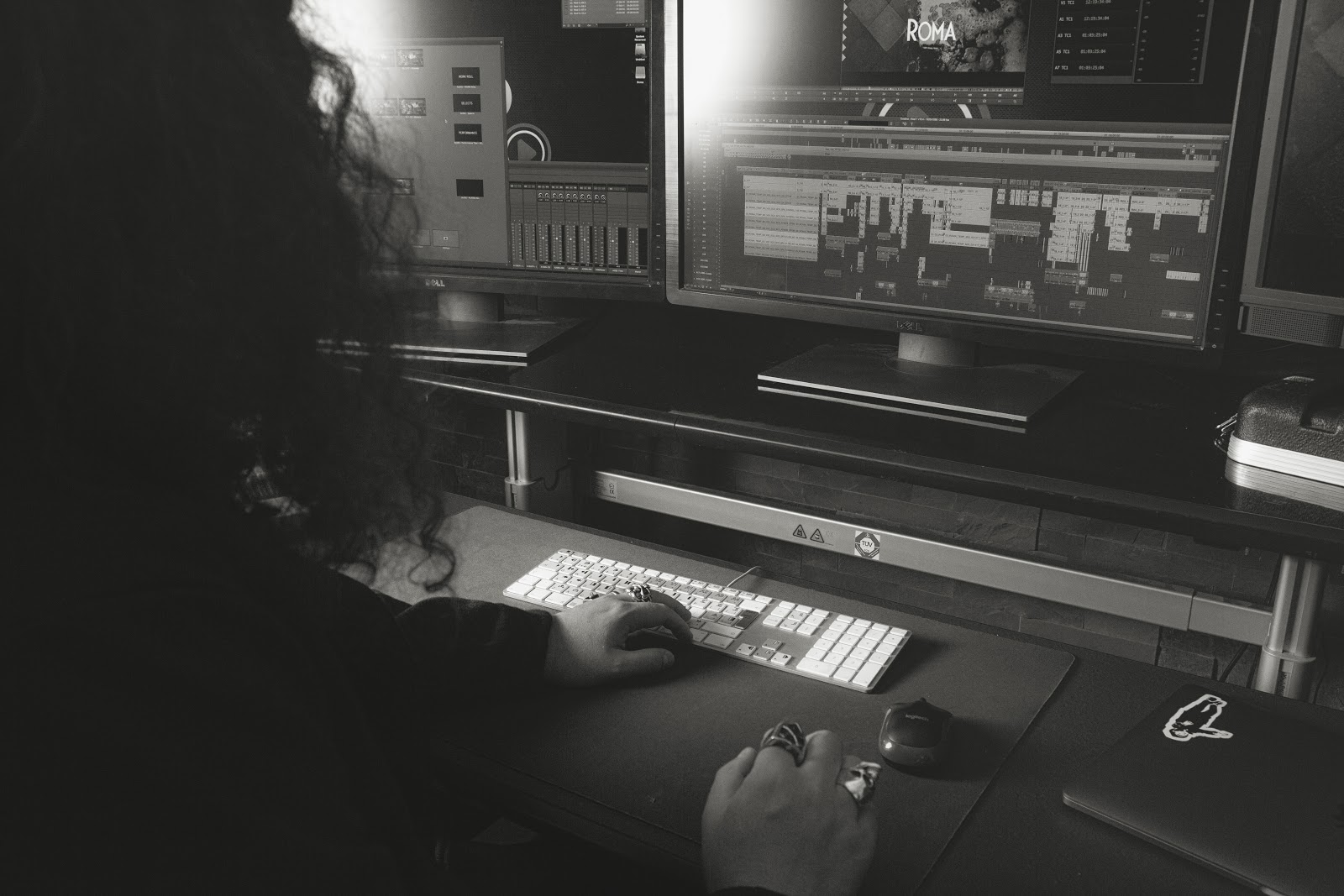
“Then, knowing where the beats and emotions were, I was building my own opinions, and I’d make my own selects. They would then add translation markers to those as well.” That was an important part of the early process for Gough because even though Cuarón had assured him not to worry, Adam wanted to be as prepared for post-production as possible.
Setting Up the Cutting Rooms
Post-production on Roma started spontaneously. A few days before Cuarón and Gough were scheduled to begin, the director stopped by to visit. Inevitably, there was curiosity around what the footage looked like. “Of course, as soon as he sat down and I start showing him stuff, the edit just began,” Gough says. And because Cuarón considers the first day of edit to be the first day of post-production, the collaborators were on their way.
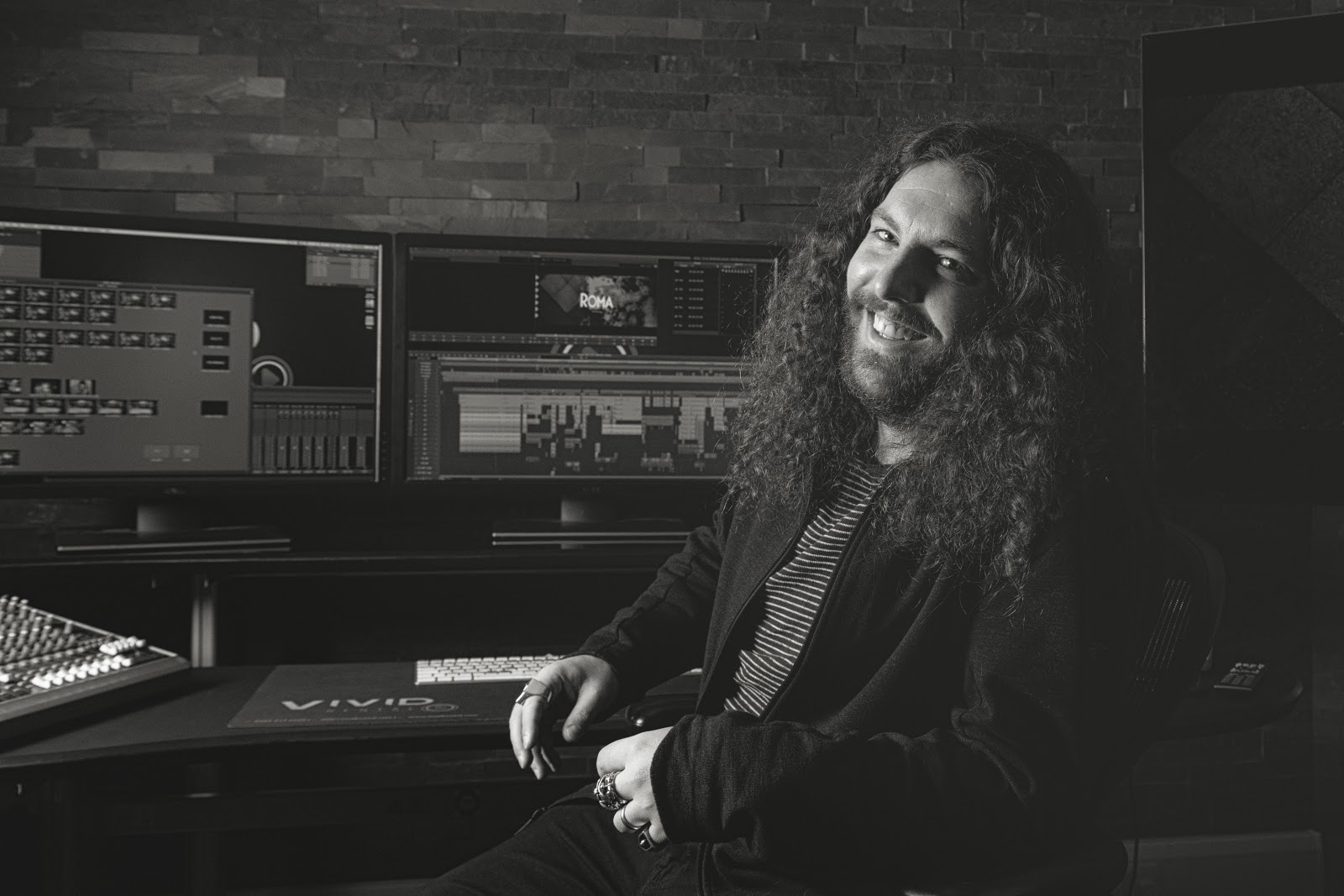
Their work environment was as fluid as their post-production start date. “The plan from the very beginning was for it to be moveable and quick,” Gough says. That was because the director is based in London and Italy, and there would be weekly travel between both places.
So, Gough had to set up several cutting rooms they could shuffle between, and that would suit Cuarón’s preference for a casual editing environment (“Alfonso doesn’t like being based in offices. He likes being relaxed.”). In other words, no decked-out editing bays in a post-production facility.
The screen was a Sony A1 OLED, which they received a month before it would be released to the public and were thankful for. “I’m very glad we did because for the first week we had an older LCD TV where it loses that sharpness in the contrast for black and white,” Gough says. “It was never to be too overly technical. As long as we had decent screens and speakers there, that’s all we needed, and I would just dock in at each location.”
Lastly, they used a 2015 MacBook Pro for mobility. “It was purely out of a desire to have it as simple as possible and keeping the media res as lightweight, so it would be backpackable.”
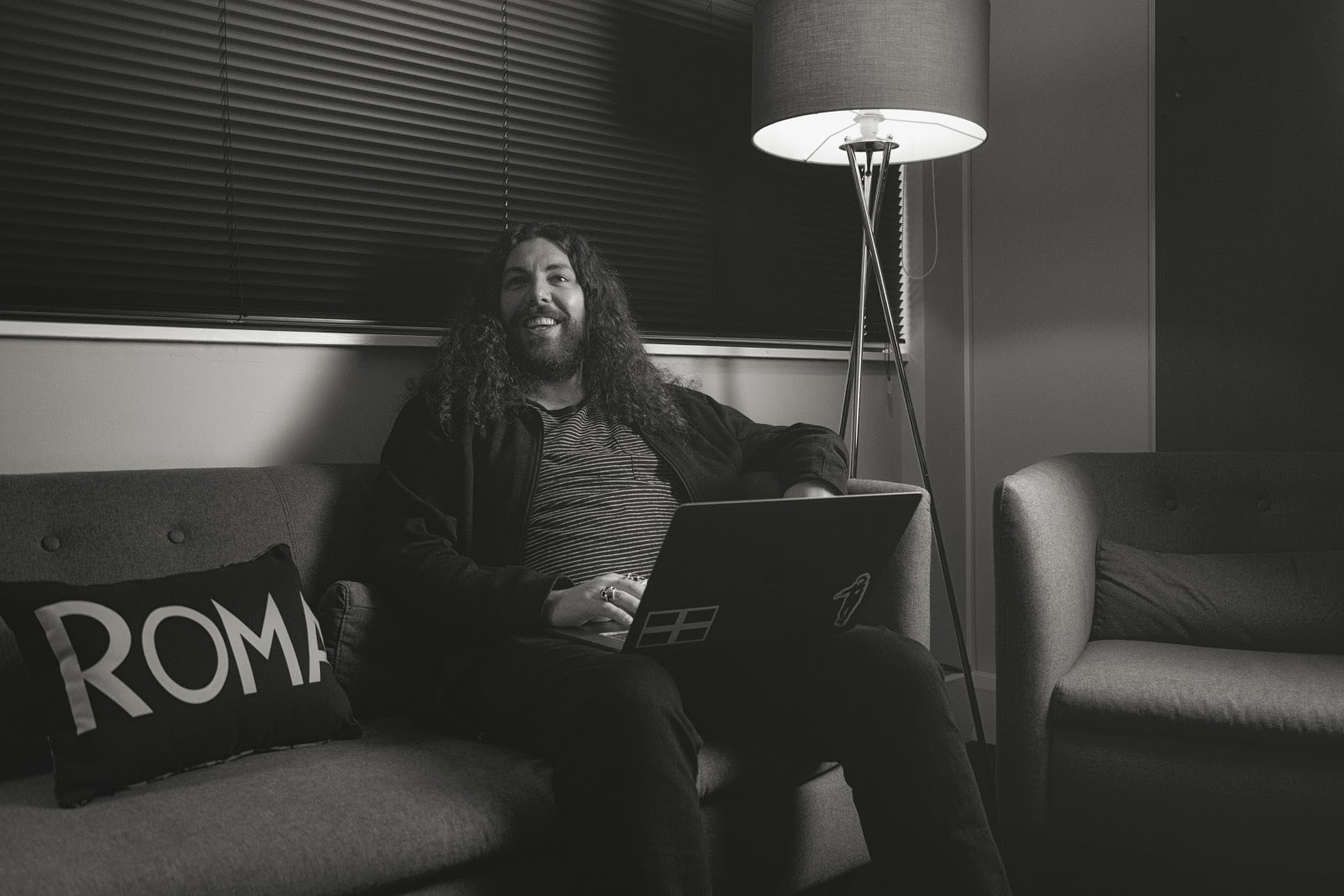
Gough enjoyed the experience of building cutting rooms for themselves. “I’ve had quite a fun opportunity to experiment with setting up a room, ” he says. In the process, he has even developed a preference for collaboration: “Side-by-side, set over to the right or the left, facing the screen where there’s nothing between me and a director.”
Selecting Long Takes
If you’ve seen an Alfonso Cuarón movie, you know that he loves to dazzle audiences with long takes that last minutes and are often strung together. But what is it like to edit them?
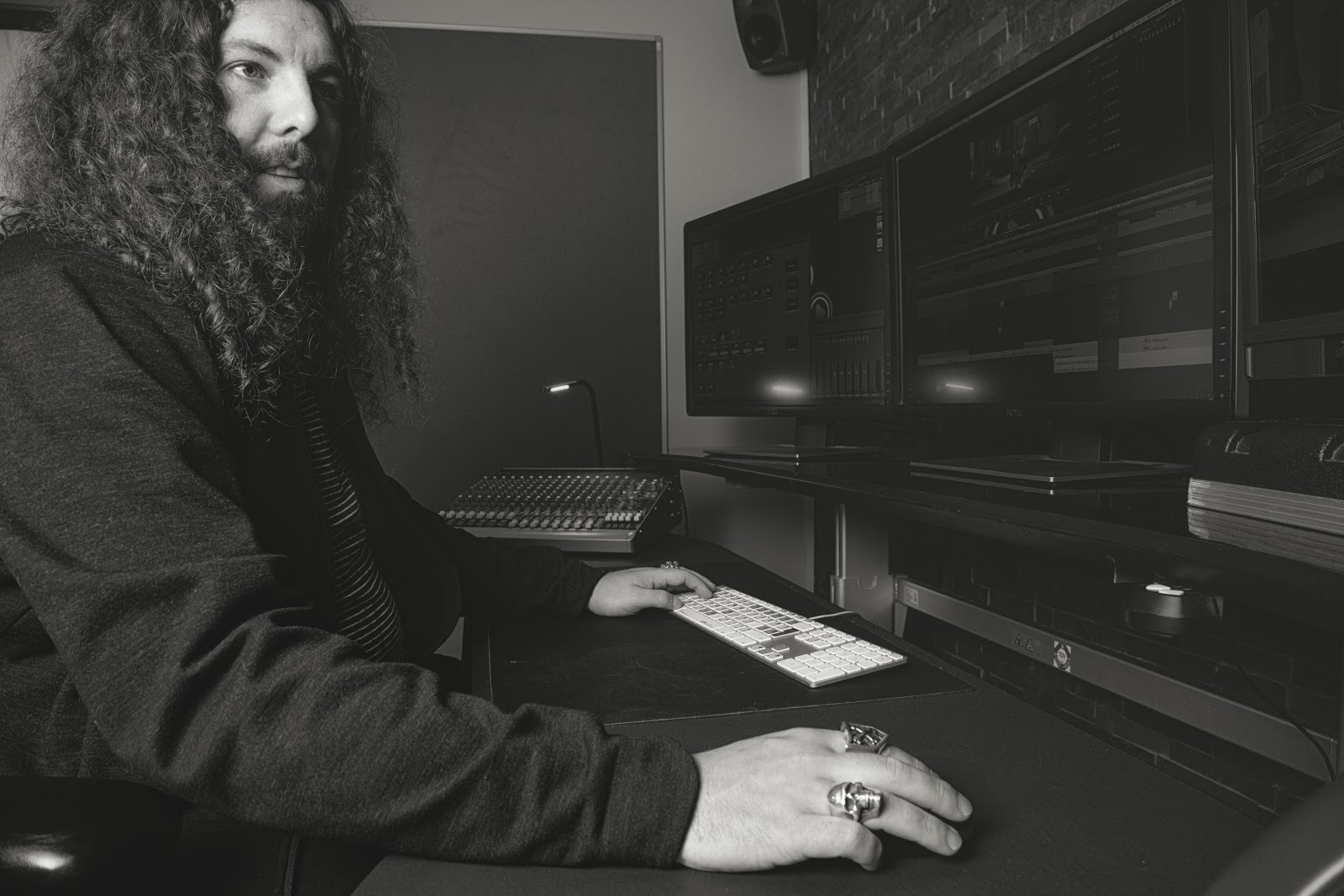
Foremost, it requires a rigorous selection process because Cuarón often shoots something as many as twenty times. “Sixty was our max on one setup.” And they’re not takes with minor variations. “Those twenty takes would have quite large differences. It wasn’t just a particular movement or a couple lines of dialogue. There were these big ad lib moments,” says Gough.
That means all those variations needed to be compared and contrasted before narrowing down twenty options to one. It requires heavy decision making. “You’d end up with a few strong options in their own right,” says Gough. “With those few options that you have remaining, you then can audition them to make the selects.”
Questions like, “What is the most relevant moment of this scene? What is the bed that it needs to live on?” guided that audition process. Sometimes the filmmakers were able to compromise a little and use two takes for one shot.
For example, there’s a riot scene seen from inside a department store. For a moment the camera pans to look out the window at the riot, then returns back into the showroom floor to focus on the main character, Cleo, and the family grandmother. “That [last moment] is taken from the end of another take. We had a little way of just splicing those last five seconds in from another take for a better performance,” Gough says.
“Occasionally we found a way of compromising and keeping the beginning of something we liked with the end of something else we liked.” But usually they had to make one very final choice.
In addition to being a hard choice, it could also be a time-intensive process. Consider the math of watching 20 five-minute long takes, sometimes several times. Then consider that the movie has almost 80 long takes. What also added time was that no long take in Roma lives in isolation. There are long takes before and after as well. “We’d review it in quite long runs,” Gough says.
“We were finding that if you made a change later on, you would find that the flow beforehand would get held up a little bit. It was like an accordion. If you pulled something out, you might have to stretch or trim back in other places.”
How did they navigate that? “It was a dance,” Gough says. But there was another way too.
Emotion-Led Cutting
Knowing where to cut, not just what, was crucial for Roma. Especially because the film was unique among Cuarón’s work. “He had longer heads and tails than he normally would on films,” says Gough. “He would leave the camera rolling a lot more at the end before calling cut, and would have a longer intro.” He did that because “where” to cut would be driven by emotion, something that was vital for such a personal project. “He was very aware that these emotional beats would have to be found in the edit,” Gough says.
Emotion was such a driving force behind the edit, that Gough had to give up learning Spanish. “I’d be watching footage and my brain would be concentrating more on translating it than I would be watching the image, which is my main job as an editor: analyzing and looking for emotion,” he says. Freed of the need to translate, he found he could still understand the feel of scenes. “You very quickly pick up the rhythm and the inflection of the language,” he says. “The emotion just follows. Then it’s like music editing.”

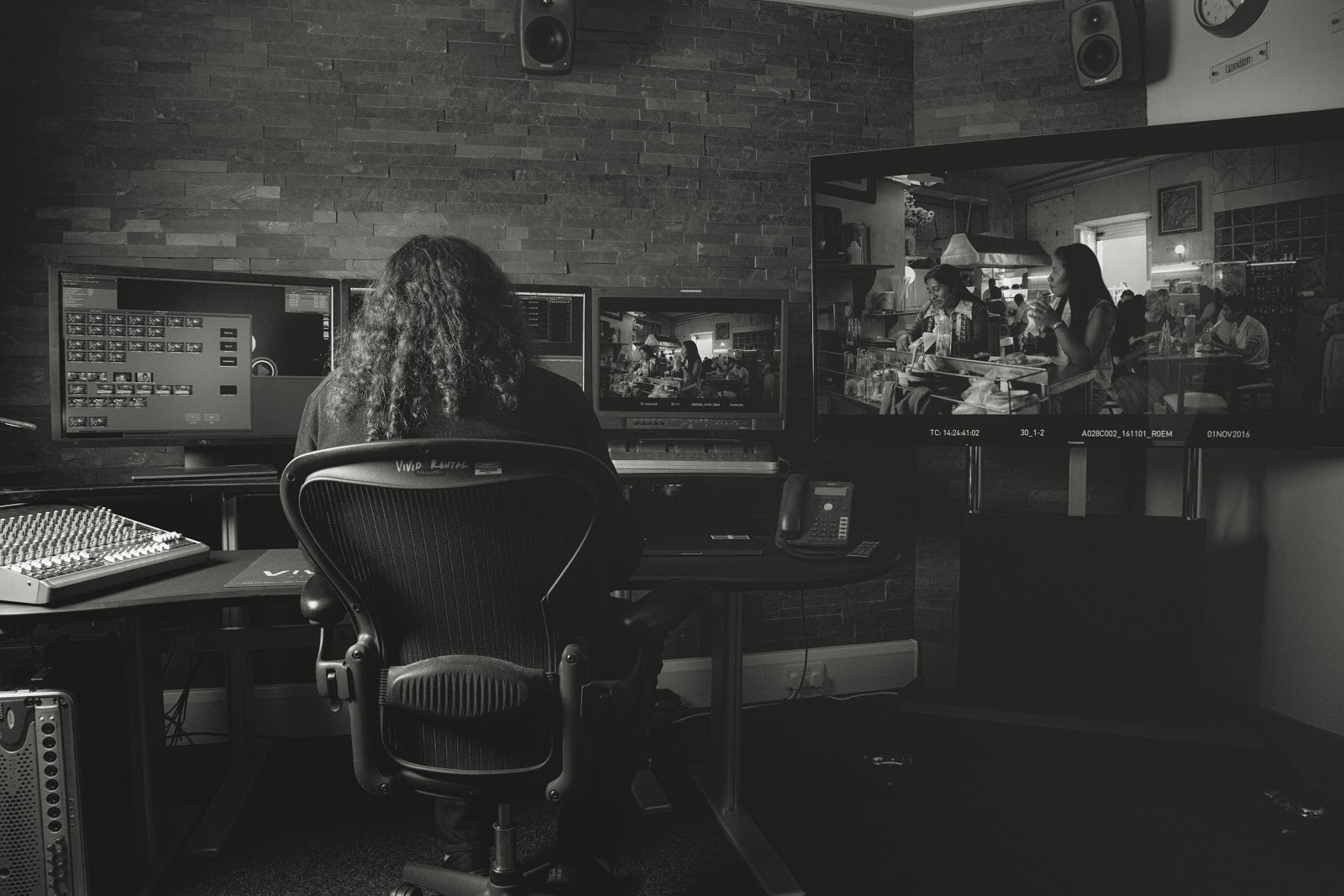
Much like music has a flow, the editors used emotion to cut Roma in a similar way. “The narrative journey is all about flow,” Gough says, and that flow had to be established from the first seconds and well into the first reel, which establishes Cleo’s character, and her daily routines and relationships with the family she works for.
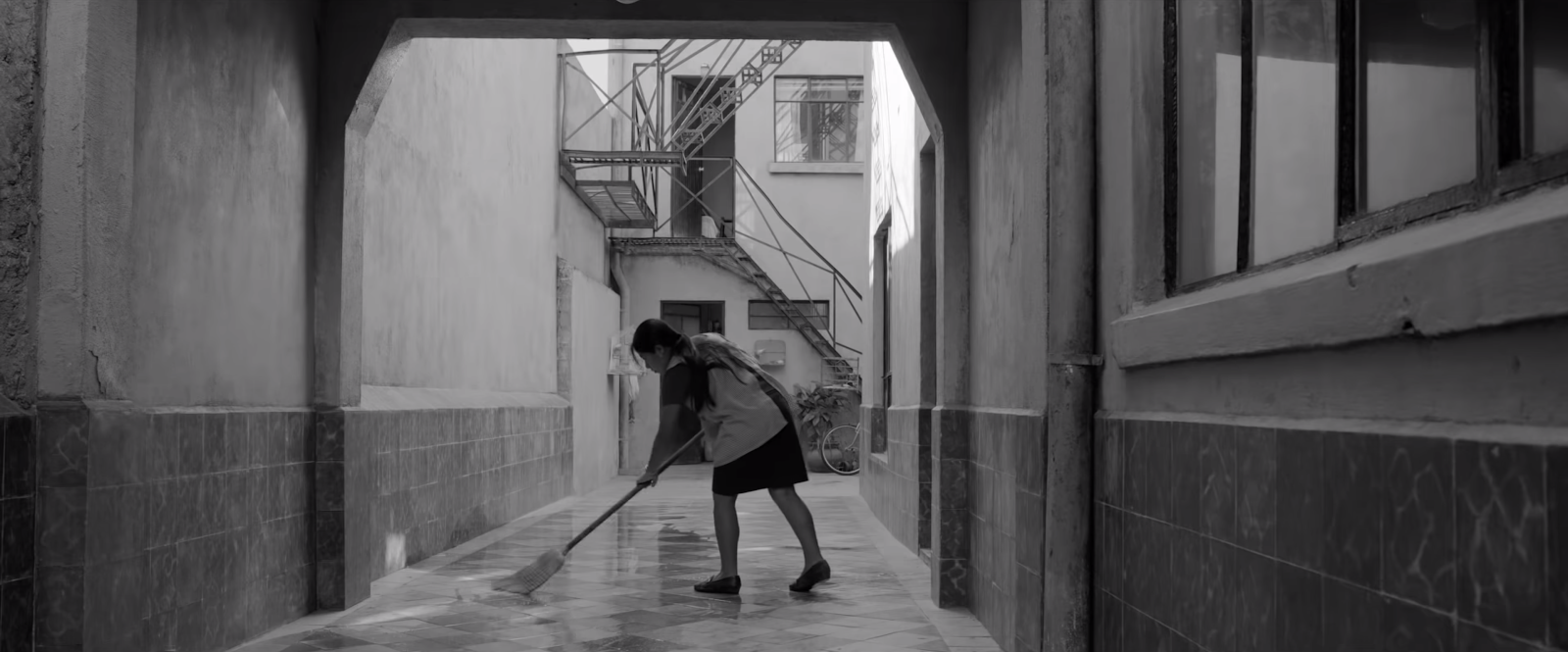
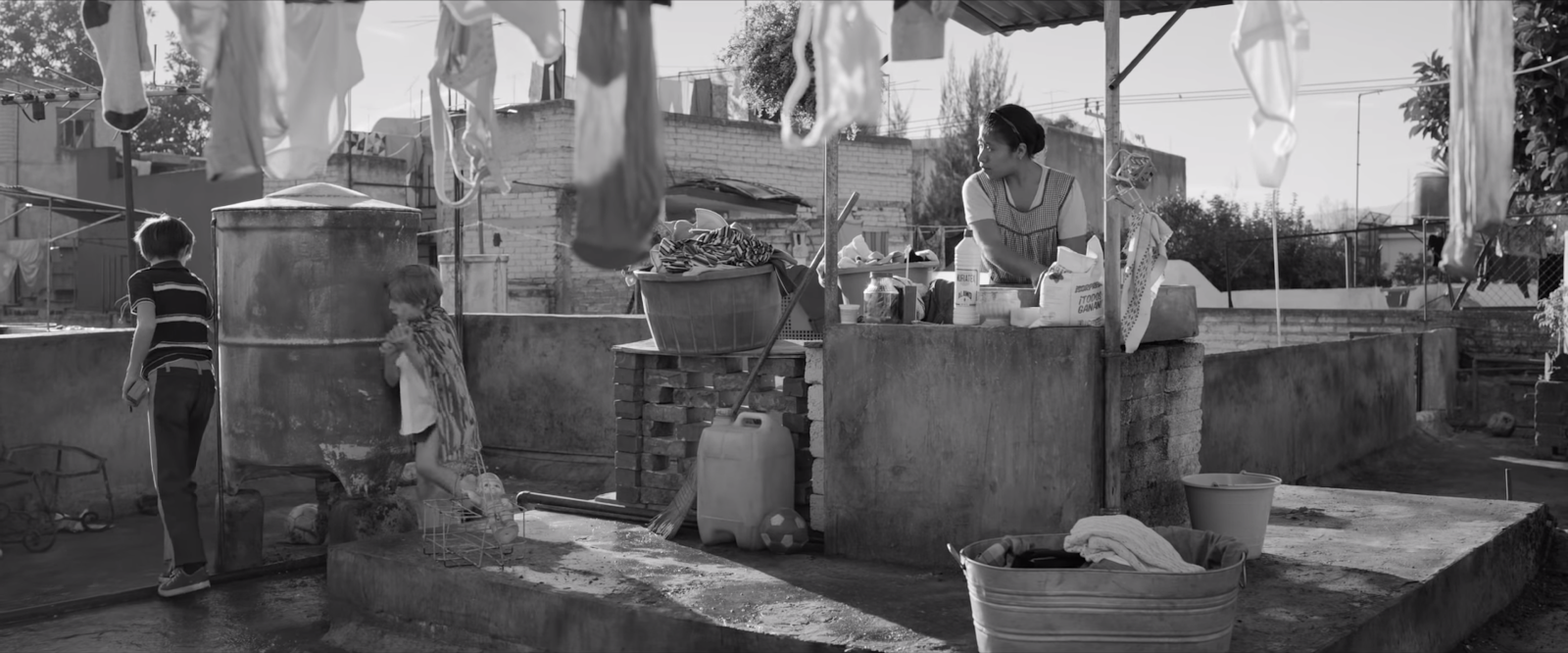
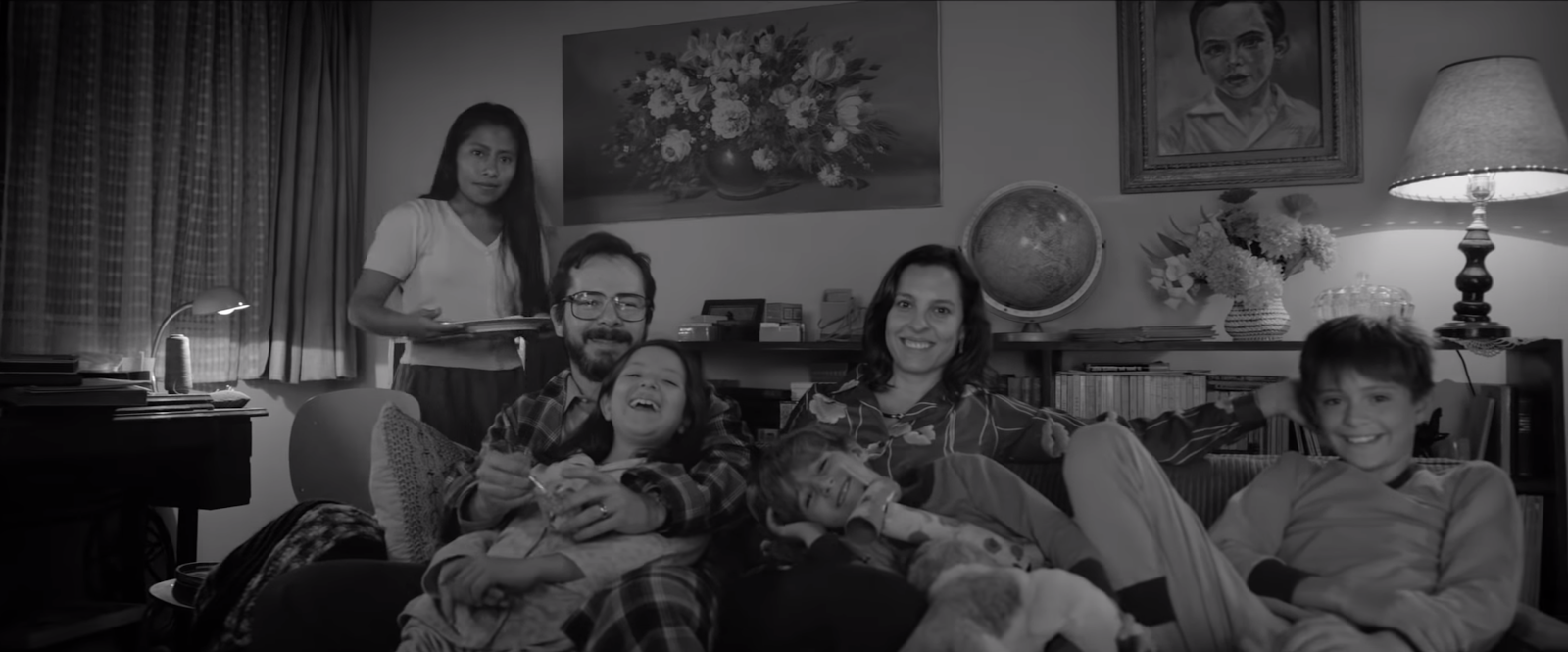
“I was most nervous about getting that timing right for inviting the audience in,” Gough says. “This opening act was very important, in terms of getting everyone through this first day, lulling them in for the emotional ride, so that they’re then in on the flow, and can enjoy the rest of the film. If people don’t go down this rabbit hole with you from the beginning, then you’re going to lose them.”
That first act, and its cuts, were driven by a desire to maintain that emotional flow for the audience throughout the movie. “When working on those moments it was all about getting the emotion right to keep you in this meditative state with the film,” he says. “We’d have to get into that emotional thought to try to work out where we think we should make those cuts.” That emotional thought could hit deep sometimes, even when working with footage Cuarón and Gough knew well.
[SPOILER WARNING]
For example, one of the most powerful scenes in Roma comes when the main character is in a hospital and gives birth to a stillborn child. Now, the scene was designed to evoke maximum raw emotion, starting with the actress never having been given a script.
“She went into that scene not knowing the outcome. She was always expecting the baby to survive in her own head. So, all of that emotion, is raw. It’s completely real.” But even though the editors knew, unlike the actress, what happens in the scene, they too felt the real, raw emotion in the cutting room. “We pretty much cut that just by nodding our head, or shaking our heads, and looks between each other,” says Gough. “We did it in silence.”

Using Dolby Atmos to Create Roma’s Universe
Sound has always been important to Cuarón. While Roma doesn’t seem like a project that requires the attention a sound mix for something like Gravity would require, “the director wasn’t going to treat it any differently”, says Gough. In fact, the sound mix alone took ten weeks of post-production. “I’ve never worked on anything with such a long mix.” That’s notable, considering Gough has worked on blockbusters like Harry Potter and X-Men.
That’s because Cuarón wanted the film to use a cutting-edge Dolby Atmos mix to capture the geographical dimensions of sound, especially to evoke the ambient symphony of 1970s Mexico City and the family at the center of Roma. Foreground, midground, and background sound was all carefully recorded and curated to bring the viewers into this place and time. “If you want to fit in this universe around you, you need to do it with sound,” the editor says. “Something that I picked up very quickly just during the edit was that with these long takes, and wanting to set people in a particular mindset, you can fill them with sounds and use sound to set a rhythm within a shot.”
Recording and editing requires meticulous attention for a Dolby Atmos mix. “We had to be very aware. We would listen back to all of the channels of audio, all the tracks, just to make sure we had clean recordings,” he says. Sometimes they had to substitute cleaner audio from other takes to have stronger audio for every layer. “Rather than just having a crowd play in the background at the scene, you had to have three people over on the left side, two on the right, three in the right corner, and one walking by just to keep this movement for the mix,” he says. “When you’re panning all that in Atmos, you can’t have too much bleed through from other characters. Their voices have to be very insular,” says Gough. “It was quite an intense audio edit.”
A Fairy Tale Happy Ending
All that intense work – on audio and footage – was part of the fairy tale Gough feels he’s been living which had its end once the movie started going out into the world. “The response that it’s been getting, and how it’s connecting with people, is the fairy tale ending for me,” he says. Which isn’t to say the experience won’t have a long-lasting effect on him.
“It’s changed my life. I always wanted to edit with directors with a fantastic vision and a voice with something to say, and I’ve got that. I don’t really know where to go from here,” he says. “Everything is a bonus now.”
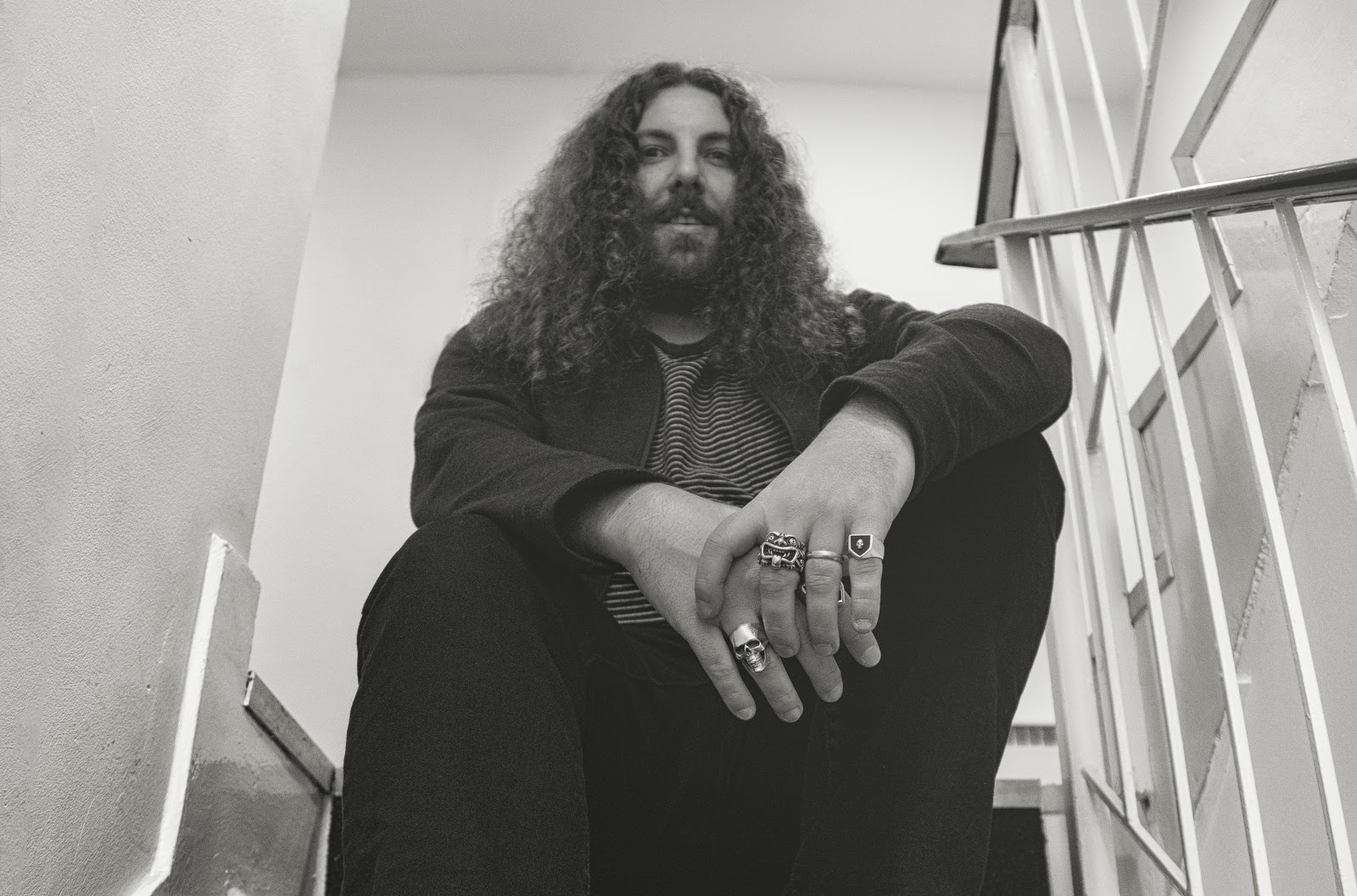
Photography by Jon McAllister.

